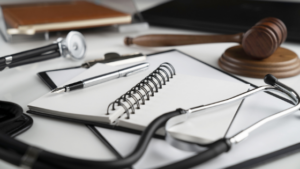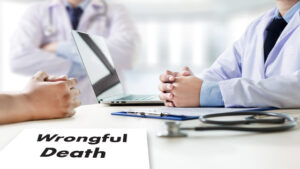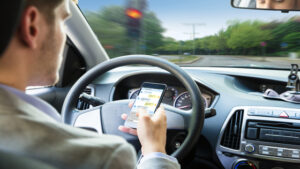
Is Construction Work The Most Dangerous Industry?
Construction work is an inherently dangerous business. Each year, thousands of workers end up with severe or fatal injuries. Even a minor incident, such as forgetting to clean up a

Construction work is an inherently dangerous business. Each year, thousands of workers end up with severe or fatal injuries. Even a minor incident, such as forgetting to clean up a

We take several things for granted in our daily lives, and this especially reigns true when we place our trust in surgeons and rely on their expertise for our wellbeing.

When you’re taking a relaxing stroll, you may not be worried about the risks distracted, speeding, or negligent drivers pose. As someone who’s on the road, either as a driver

When someone passes away, it takes an emotional toll on their family. Moreover, it can lead to financial hardship. Fortunately, laws in every state can help ease financial problems if

Some drivers want to be able to use their phones on the road without the fear of repercussions, but talking or texting while driving can lead to accidents. Distracted driving

When you’re a patient, you always trust you’re in good hands; however, even doctors and surgeons can commit medical errors. A medical error is a preventable adverse effect of care

With little to protect motorcyclists in the event of a collision, injuries sustained in motorcycle crashes are more severe compared to other vehicle crashes. Motorcycle helmets can help ensure a

Involved in a pedestrian-auto accident? Contact us today! Getting behind the wheel and driving a vehicle is a great responsibility. It requires full attention and focus on avoiding hitting other
UTAH INJURY LAWYERS
Flickinger • Boulton
• Robson • Weeks
PROVO OFFICE
3000 N University Ave
Suite 300
Provo, UT 84604
SOUTH JORDAN OFFICE
10393 S. Temple Dr.
Suite 103
South Jordan, Utah 84095
OFFICE HOURS
Monday- Friday: 8AM-5PM
Saturday-Sunday: Closed
*Disclaimer: the information provided by this website is for informational purposes only and should not be considered legal advice or a substitute for competent legal counsel.
**SMS consent and contact phone numbers will not be shared or sold to third parties or their affiliates for any purpose.
© 2025 All Rights Reserved.